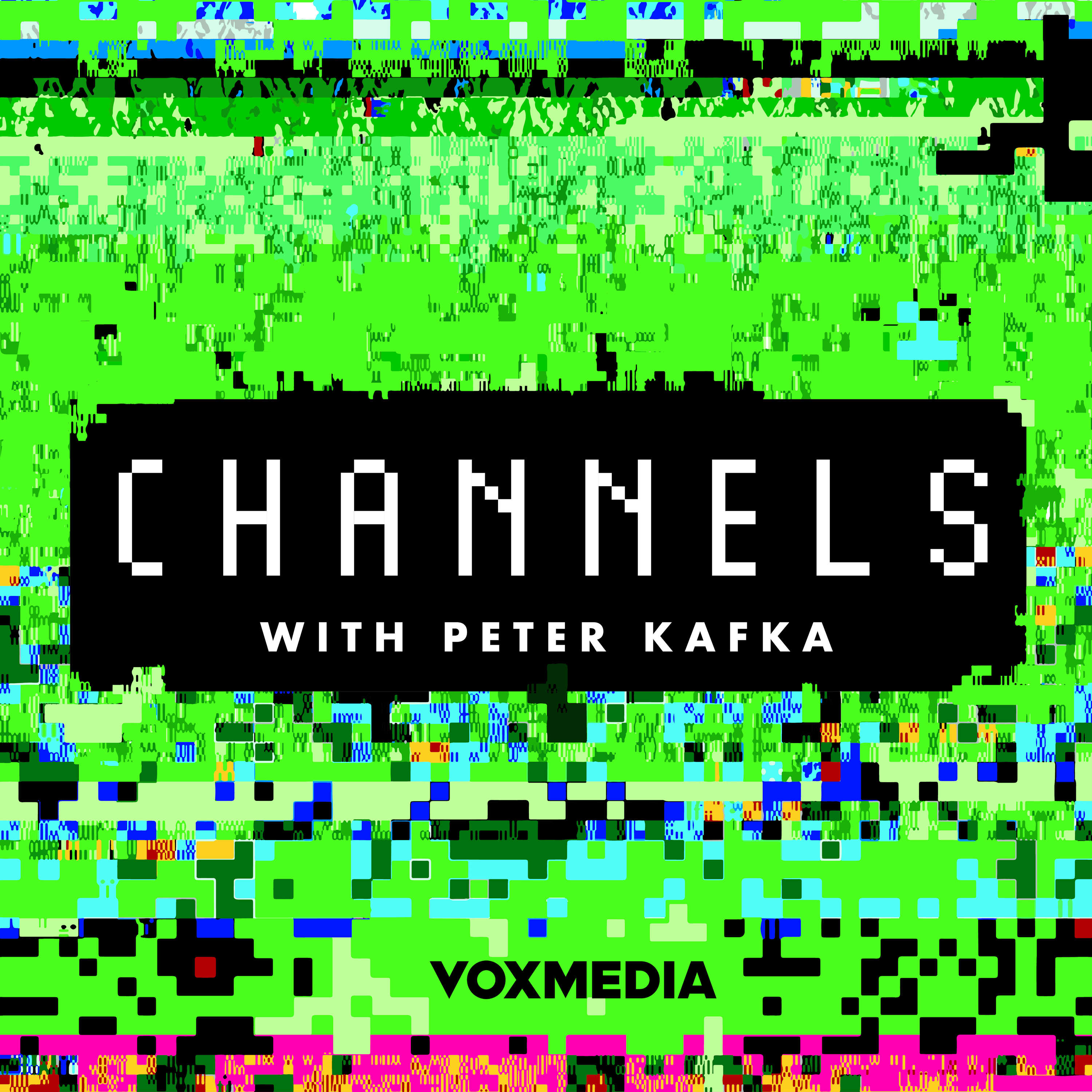
1440’s newsletters are short, popular and profitable

Channels with Peter Kafka
Deep Dive
How many readers does 1440 have, and what is their annual revenue?
1440 has 4 million readers and is turning a profit on about $20 million in annual revenue.
Why did Tim Huelskamp and his co-founder start 1440, and what was their initial strategy?
They started 1440 to serve intellectually curious people who want a comprehensive summary of news across various topics. Initially, they focused on delivering a high-quality product, aiming for a 40% open rate and 5% weekly organic growth.
What challenges did 1440 face with the Facebook (Meta) ad targeting changes?
When Facebook turned off cookies, the targeting for many users was affected, doubling 1440’s cost per acquisition (CPA). They reallocated their budget to other more efficient channels, such as other newsletters.
Why do media companies sometimes approach 1440, and what is 1440's relationship with them?
Media companies often reach out to 1440 because their content receives a significant amount of traffic from 1440’s summaries. 1440 partners with these companies to feature their best content, benefiting both the publishers and 1440’s readers.
How does 1440 differentiate itself from AI summarization tools?
1440 provides a human-curated, contextualized, and serendipitous learning experience. AI tools can summarize articles but often lack the depth, context, and unexpected insights that a human guide can offer.
What is 1440’s Topics product, and why did they create it?
1440’s Topics product is a web-based deep dive into various subjects. It was created based on user feedback, which indicated a need for more in-depth and contextualized information beyond the daily summaries.
Why did 1440 choose a royalty-based financing model instead of traditional venture capital?
They chose a royalty-based financing model to maintain control and avoid dilution. This allowed investors to see early returns while 1440 remained lean and focused on compounding growth.
What are the advantages and disadvantages of 1440 being based in Chicago?
The advantage is that being distributed allows 1440 to attract top talent from across the country, rather than being limited to a single market. The disadvantage might be less access to local media and tech networks, but this is offset by their remote work model.
How does 1440 maintain high reader retention and engagement?
1440 maintains high reader retention by consistently delivering a high-quality, engaging, and comprehensive newsletter. They also focus on creating a positive and flexible work environment for their team, which reflects in the product quality.
- 1440 delivers a daily newsletter summarizing important news across various sectors.
- The company has 4 million readers and generates $20 million annually.
- Its success is based on a curated, comprehensive approach and targeted advertising.
Shownotes Transcript
Newsletters are not a new idea. Yet every few years the media business rediscovers them, anyway — either as a way to quickly launch a startup with bigger ambitions, or as a standalone business. Tim Huelskamp took the second route in 2017, when he co-founded 1440 — a newsletter that promises to quickly bring you the most important news of the day. Again — not a new idea. But Huelskamp seems to have figured out how to build something pretty big: He says 1440 has 4 million readers, and is turning a profit on something like $20 million in annual revenue. How’d he do it? What’s he going to do next? And how will he compete with AI companies that can do all of this faster, and cheaper? I’m glad you asked: I’ve got the same questions, so I asked him myself.
Learn more about your ad choices. Visit podcastchoices.com/adchoices)